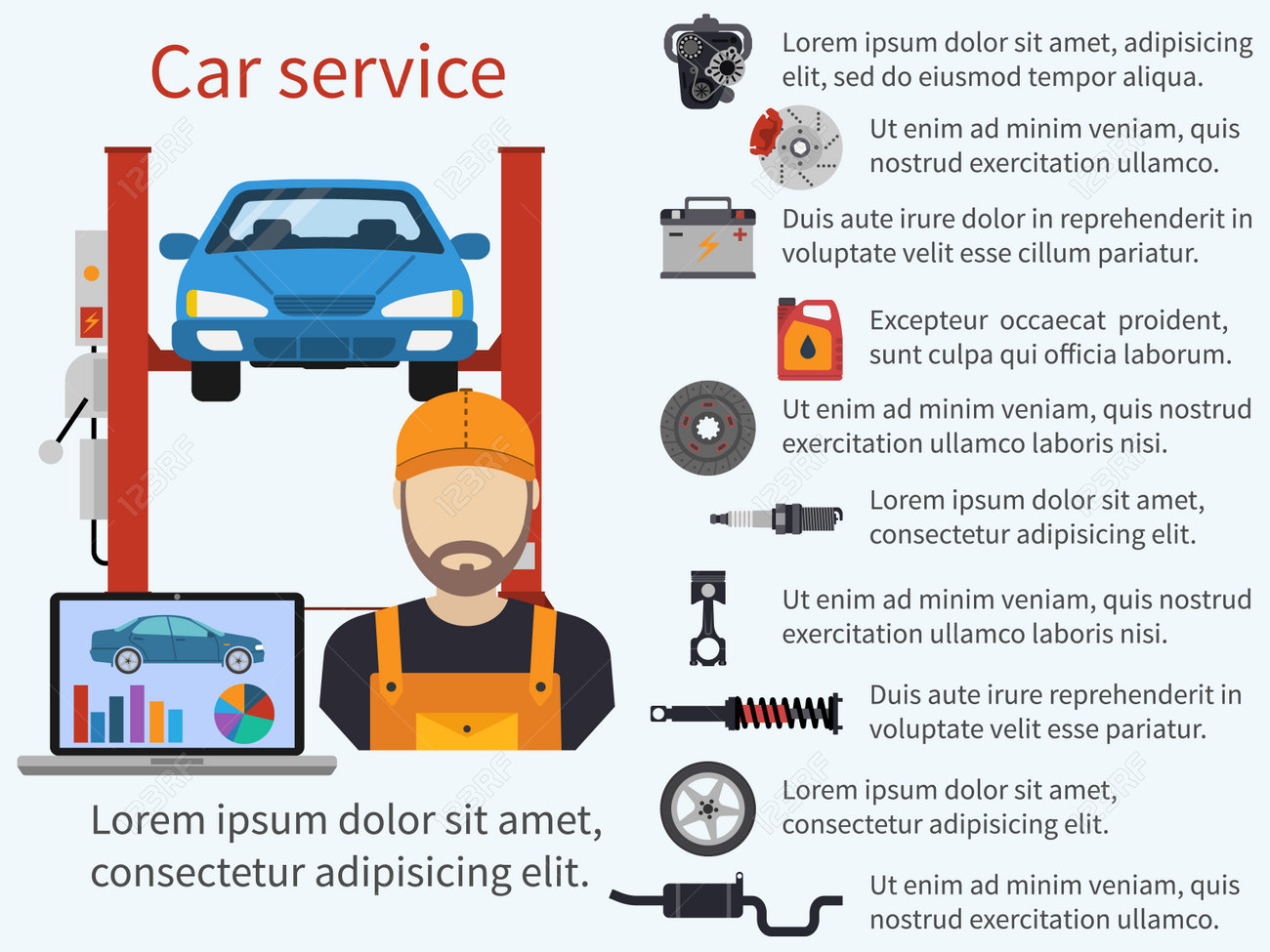Comprehending The Value Of Your Cars And Truck'S Warning Signals: What They Really Stand For
Comprehending The Value Of Your Cars And Truck'S Warning Signals: What They Really Stand For
Blog Article
Authored By-Boye Dalgaard
When you're behind the wheel, those glowing warning lights on your control panel can be a little bit bewildering. Do you know what they're attempting to inform you concerning your vehicle's health and wellness? Comprehending the relevance of these lights is crucial for your security and the longevity of your lorry. So, the following time among those lights appears, wouldn't you intend to analyze its message properly and take the required steps to address it?
Common Caution Lighting and Interpretations
Identify common warning lights in your auto and comprehend their definitions to make sure secure driving.
The most typical warning lights consist of the check engine light, which signals problems with the engine or exhausts system. If this light comes on, it's crucial to have your lorry examined promptly.
The oil pressure alerting light shows low oil pressure, calling for immediate interest to prevent engine damage.
A blinking battery light might suggest a faulty billing system, potentially leaving you stranded otherwise resolved.
The tire pressure monitoring system (TPMS) light informs you to reduced tire pressure, influencing vehicle stability and gas effectiveness. Overlooking this could lead to harmful driving problems.
The abdominal light suggests a problem with the anti-lock braking system, compromising your ability to stop promptly in emergency situations.
Last but not least, the coolant temperature cautioning light warns of engine overheating, which can cause severe damages if not resolved promptly.
Recognizing these usual warning lights will help you deal with concerns without delay and preserve secure driving conditions.
Significance of Prompt Interest
Comprehending the usual caution lights in your automobile is only the primary step; the importance of quickly dealing with these warnings can't be emphasized enough to ensure your security on the road.
When a warning light brightens on your dashboard, it's your vehicle's method of connecting a possible concern that requires focus. Ignoring Related Web Page can lead to a lot more extreme issues later on, endangering your security and possibly costing you a lot more out of commission.
Motivate focus to warning lights can prevent break downs and crashes. As an example, a blinking check engine light can indicate a misfire that, if left neglected, can create damages to the catalytic converter. Addressing this without delay can save you from a pricey repair.
Likewise, Learn Additional Here alerting light may indicate reduced brake fluid or used brake pads, important parts for your safety when driving.
Do It Yourself Troubleshooting Tips
If you notice a warning light on your control panel, there are a couple of DIY repairing tips you can try prior to looking for expert help.
The first step is to consult your vehicle's manual to understand what the specific warning light shows. Sometimes the problem can be as basic as a loose gas cap causing the check engine light. Tightening https://oilnearme50594.blogvivi.com/32696524/exactly-how-can-mobile-automobile-outlining-transform-your-vehicle-care-experience-while-ensuring-high-quality-discover-the-essential-elements-to-consider-before-selecting-a-detailer might deal with the problem.
Another typical problem is a reduced battery, which can trigger different cautioning lights. Inspecting the battery connections for rust and guaranteeing they're protected could take care of the problem.
If a warning light persists, you can try resetting it by detaching the car's battery for a couple of mins and afterwards reconnecting it. Additionally, checking your car's fluid degrees, such as oil, coolant, and brake fluid, can assist repair warning lights connected to these systems.
Final thought
In conclusion, understanding your cars and truck's caution lights is essential for keeping your car running efficiently and securely. By promptly attending to these alerts and understanding what they mean, you can prevent pricey repair work and prospective failures.
Bear in mind to consult your auto's manual for certain information on each alerting light and act appropriately to make sure a trouble-free driving experience.
Keep informed, remain safe on the road!
